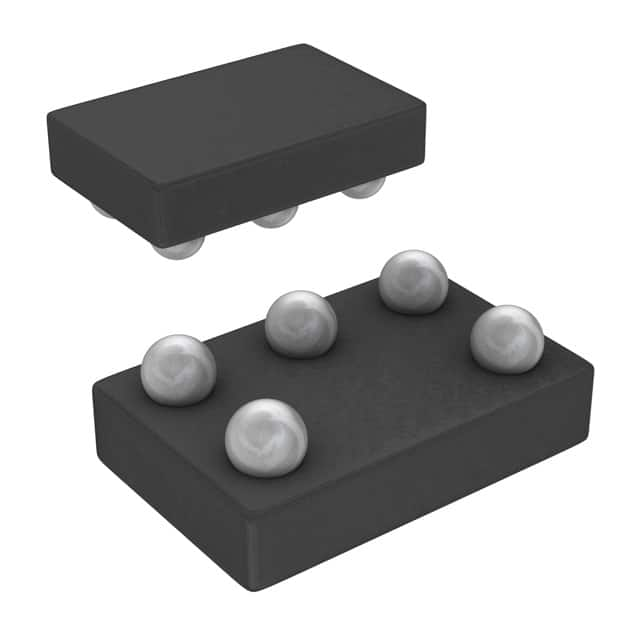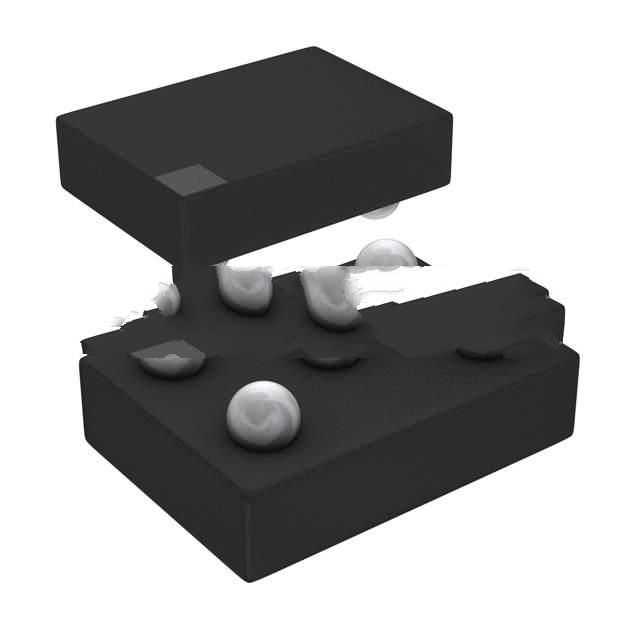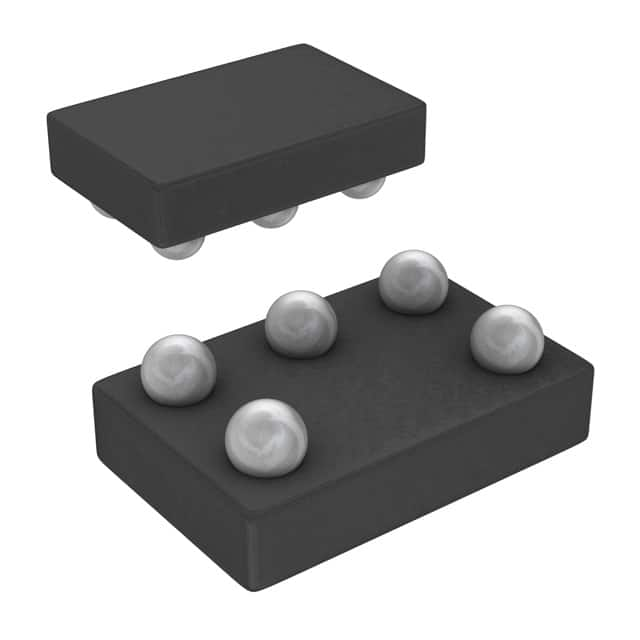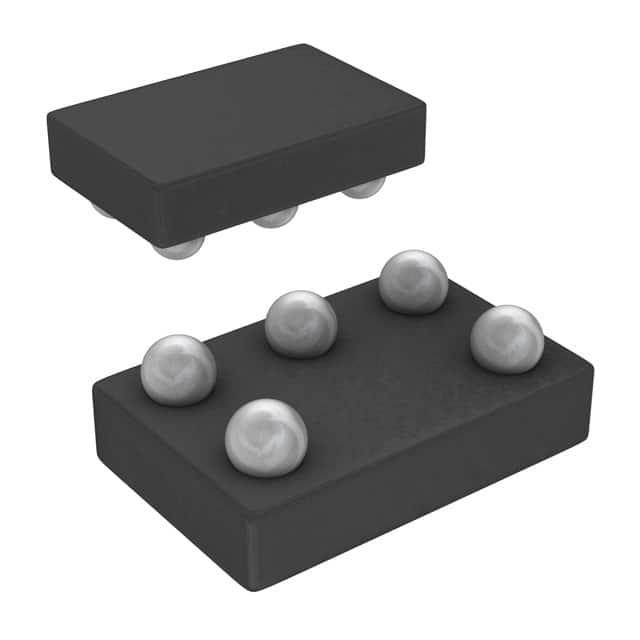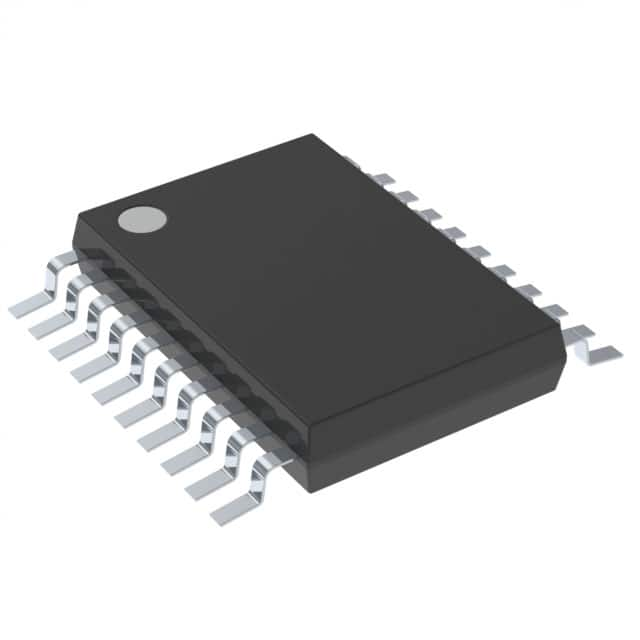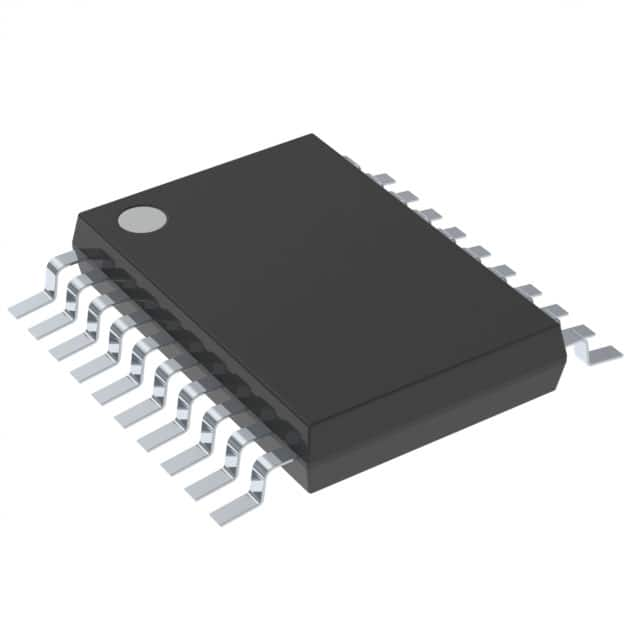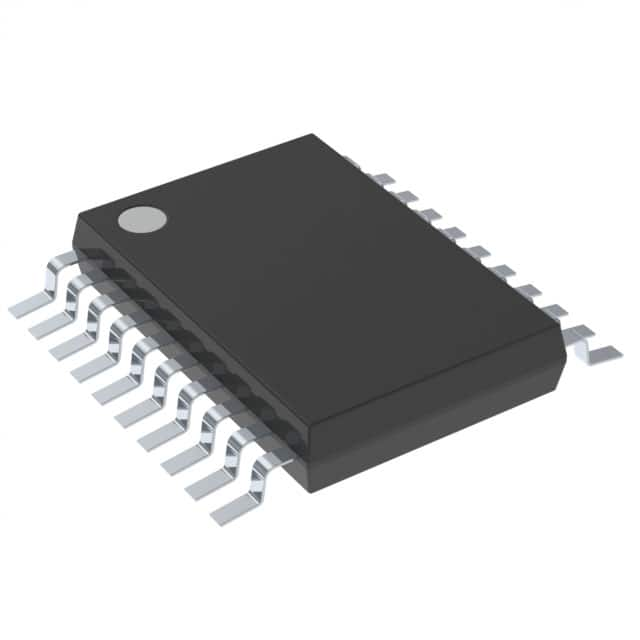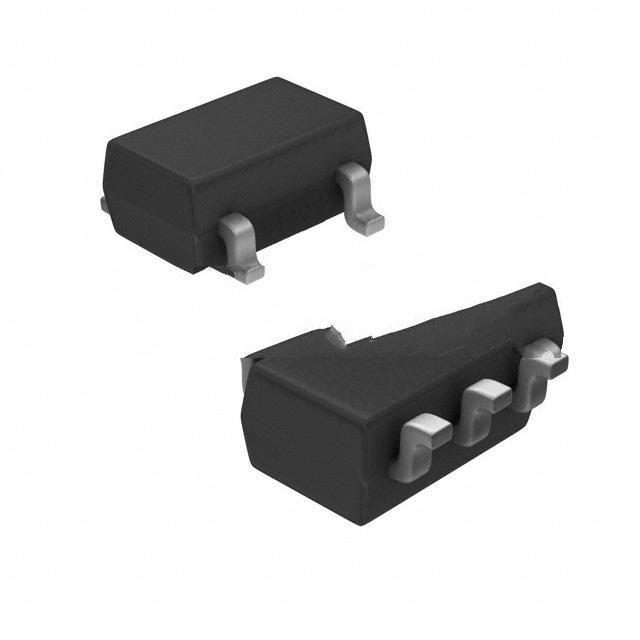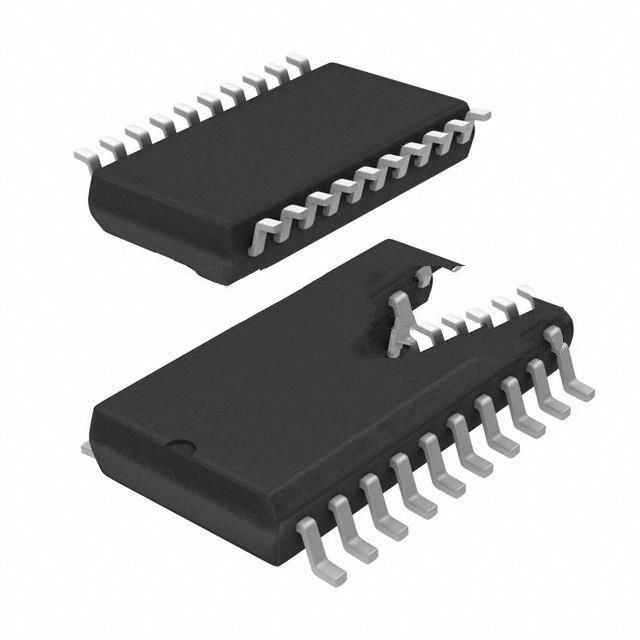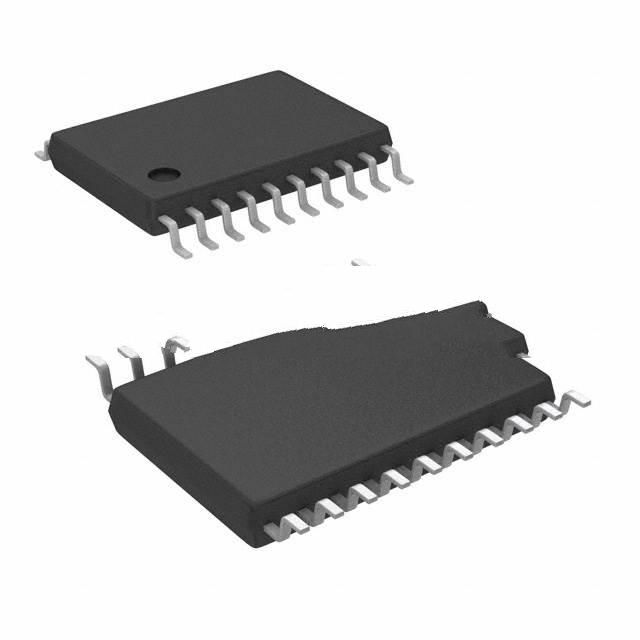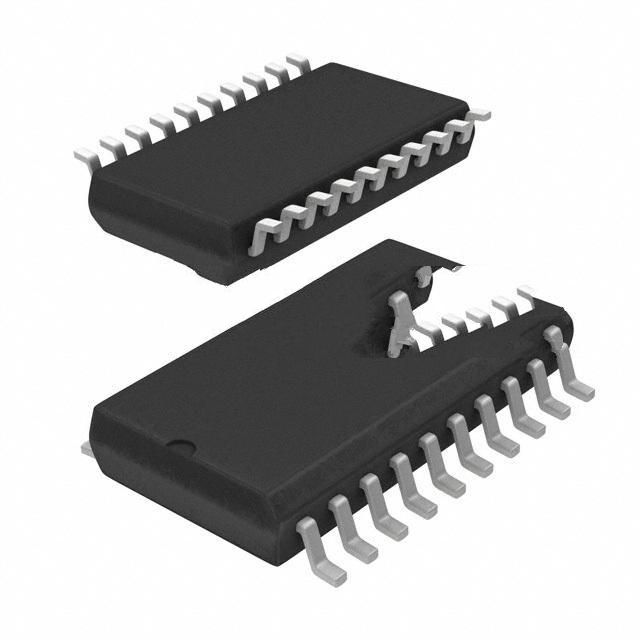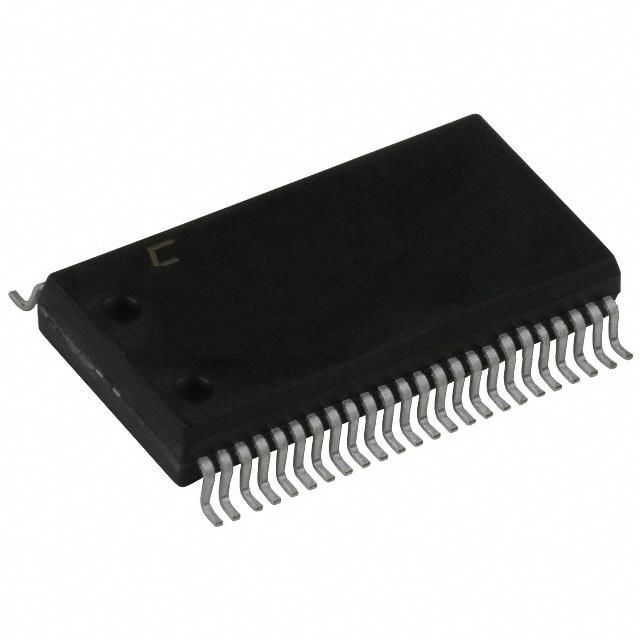MC74VHC244DTR2G Product Introduction:
ON Semiconductor Part Number MC74VHC244DTR2G(Logic - Buffers, Drivers, Receivers, Transceivers), developed and manufactured by ON Semiconductor, distributed globally by Jinftry. We distribute various electronic components from world-renowned brands and provide one-stop services, making us a trusted global electronic component distributor.
MC74VHC244DTR2G is one of the part numbers distributed by Jinftry, and you can learn about its specifications/configurations, package/case, Datasheet, and other information here. Electronic components are affected by supply and demand, and prices fluctuate frequently. If you have a demand, please do not hesitate to send us an RFQ or email us immediately sales@jinftry.com Please inquire about the real-time unit price, Data Code, Lead time, payment terms, and any other information you would like to know. We will do our best to provide you with a quotation and reply as soon as possible.
Introducing the onsemi MC74VHC244DTR2G, a versatile and high-performance octal buffer/line driver integrated circuit. This product is designed to provide reliable and efficient signal buffering and driving capabilities for a wide range of applications.
The MC74VHC244DTR2G features eight non-inverting buffers with 3-state outputs, making it ideal for applications that require signal amplification, isolation, or level shifting. With a wide operating voltage range of 2.0V to 5.5V, this IC can be easily integrated into various digital systems.
One of the key features of the MC74VHC244DTR2G is its high-speed operation, with a maximum propagation delay of only 5.5ns. This ensures minimal signal distortion and enables fast data transfer rates, making it suitable for applications that demand quick response times.
Furthermore, this IC offers excellent noise immunity, thanks to its advanced CMOS technology. It can effectively suppress noise and interference, ensuring reliable signal transmission even in noisy environments.
The MC74VHC244DTR2G finds applications in a wide range of fields, including industrial automation, telecommunications, consumer electronics, and automotive systems. It can be used for level shifting in digital interfaces, signal buffering in data communication systems, and driving LED displays, among many other applications.
In summary, the onsemi MC74VHC244DTR2G is a versatile and high-performance octal buffer/line driver IC that offers fast operation, excellent noise immunity, and wide voltage compatibility. Its numerous features and wide range of applications make it an essential component for various digital systems.
Buffers, Drivers, Receivers, Transceivers are the key logic devices responsible for signal transmission and processing in integrated circuits. These components are built by using transistors and other passive components such as resistors and capacitors. The buffer is mainly used to enhance or isolate the signal, reduce the attenuation and interference of the signal during transmission, and ensure the integrity and stability of the signal. The driver is responsible for amplifying the signal to a level sufficient to drive the external load, commonly seen in high-speed data transmission and power amplification scenarios. The receiver is responsible for receiving the signal from the external or internal circuit and converting it into a level or format that the system can recognize. The transceiver combines the functions of the driver and the receiver, which can send and receive signals, and is widely used in two-way communication interfaces.
Application
Buffers, Drivers, Receivers, Transceivers are widely used in various electronic devices and systems, especially in fields such as communication, computer, consumer electronics, industrial control, automotive electronics, and medical electronics. In the field of communication, they are the foundation for achieving high-speed data exchange and signal amplification, such as transceiver modules in Ethernet switches and routers. In computer systems, buffers and drives are commonly used for data transfer between memory, hard disk interfaces, and processors to improve data transfer efficiency. In the field of consumer electronics, they support the transmission and processing of high-definition video and audio signals, such as transceivers in HDMI interfaces. In addition, in the fields of industrial control and automotive electronics, these components are also used for sensor signal acquisition, actuator driving, and complex communication systems to ensure efficient and stable operation of the system.
FAQ about Logic - Buffers, Drivers, Receivers, Transceivers
-
1. What is the difference between a buffer and a transceiver?
The main difference between a buffer and a transceiver is that they have different functions and application scenarios. The buffer is mainly used for signal buffering and transmission, while the transceiver has a bidirectional data transmission function and contains a direction control circuit.
A buffer is an electronic component that is mainly used for signal buffering and transmission. It has high input impedance and low output impedance, which can ensure the integrity and stability of the signal. Buffers are often used in digital circuits to temporarily store data for processor processing or to coordinate between high-speed and low-speed devices.
A transceiver is a bidirectional device that allows data to flow in both directions. It not only has buffering and driving functions, but also contains direction control circuits so that data can be transmitted in either direction as needed. Transceivers are often used in applications that require bidirectional communication, such as backplanes and ribbon cables, where the signal is weak or needs to be transmitted over long distances.
-
2. Why does the display interface need a transistor buffer or driver?
The main reason why the display interface needs a transistor buffer or driver is to enhance the driving ability of the signal, ensure that the signal can be effectively transmitted to the output end, and reduce signal loss and interference.
First, the display interface usually connects the high-speed CPU with the slow-speed peripherals (such as the display), and there is a difference in data processing speed between the two. In order to coordinate this difference and ensure the synchronization and stability of data transmission, a buffer or driver is needed to temporarily store the data, so as to achieve smooth data transmission.
Secondly, the transistor buffer or driver can amplify the signal and provide stronger driving ability to ensure that the signal is not affected by the load during transmission. This is especially important in high-voltage applications, because direct use of microcontroller drive may cause excessive power consumption and even damage the device. By using a buffer or driver, the driving signal can be effectively amplified, the switching loss can be reduced, and the power efficiency can be improved.
-
3. What is the difference between a transmitter and a receiver?
1. Definition of transmitter and receiver
A transmitter is a device used to convert electrical signals into wireless signals and transmit them to a receiver, while a receiver is a device that receives wireless signals and converts them into electrical signals for output.
2. Differences between transmitters and receivers
A. Different functions
The main function of a transmitter is to convert electrical signals into wireless signals and transmit them to a distant place, while the main function of a receiver is to convert received wireless signals into electrical signals for output.
B. Different structures
A transmitter is usually composed of an oscillator, a power amplifier, and an antenna, while a receiver is usually composed of an antenna, a low-noise amplifier, an intermediate frequency amplifier, and a demodulator.
C. Different parameters
Both transmitters and receivers have specific parameter ranges, such as frequency, power, antenna gain, etc. The parameters of the transmitter are mainly related to the output signal, while the parameters of the receiver are mainly related to the quality of the received signal.
3. Application of transmitters and receivers in wireless communication
Transmitters and receivers play a very important role in wireless communication. Wireless communication usually transmits information through electromagnetic waves transmitted through the air. In this process, the transmitter is used to convert information into wireless signals and transmit them, while the receiver is used to receive wireless signals and return the information to the receiving end.
In short, both transmitters and receivers are indispensable devices in wireless communication. Although their functions and structures are different, they both play an important role in wireless communication.
 Lead free / RoHS Compliant
Lead free / RoHS Compliant












